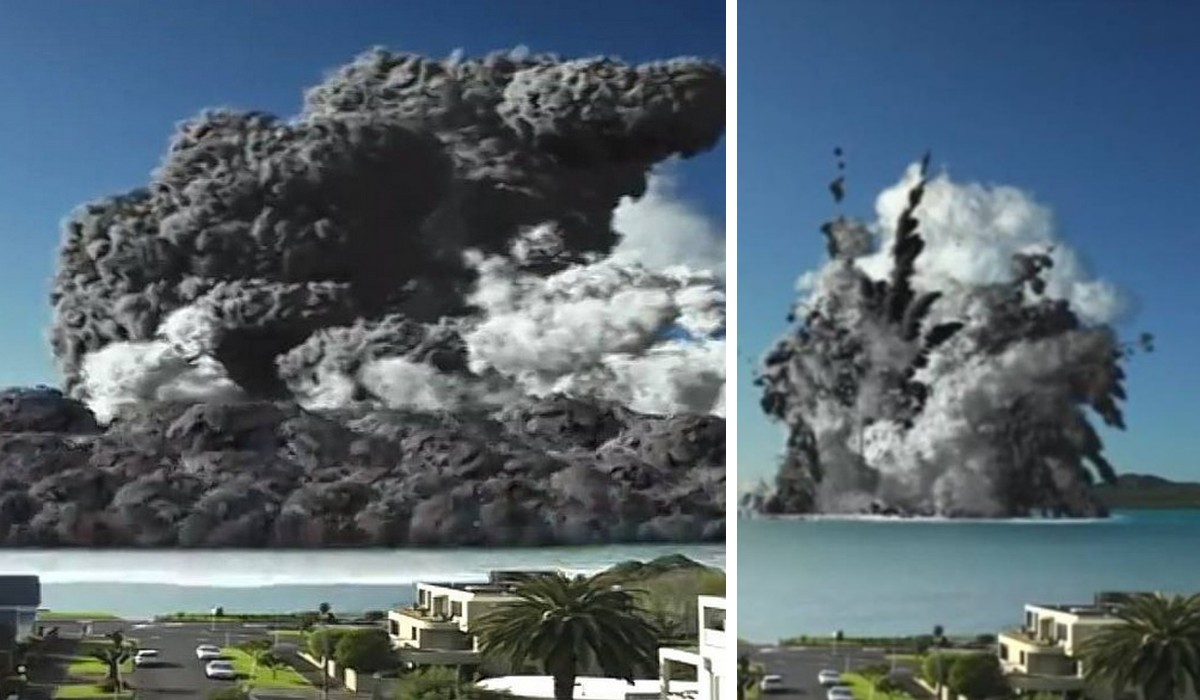Indonesia’s Semeru volcano erupted early Sunday morning, prompting tourists and locals to avoid travel to East Java province on the island of Java, the capital Jakarta, and to exercise caution in the popular resorts of Bali and Lombok.
Although there have been no reports of casualties, about 2,000 people have been evacuated from the dangerous province, The Sun reported. The volcano, which is the highest peak on the island of Java, is known to have spewed a column of ash 1.5 km high, and rivers of lava flowed from the summit on Sunday, forcing residents of nearby villages to flee.
As the mountain is about 400 meters east of Indonesia’s capital Jakarta and not far from resort islands such as Bali and Lombok, tourists have been urged to exercise caution when visiting these popular destinations. In addition, authorities have ordered no closer than 5km to the crater of Mount Sinabung in Kalo Regency in North Sumatra. They also advised against traveling within 5km of Mount Semeru’s crater to Lumajang Regency in East Java Province. Travelers were also strongly advised to avoid the southeastern part of Mount Semeru along the Besuk Kobokan River, about 13 km from the crater and 500 meters from any bank of the Besuk Kobokan River.
However, the manifestation of increased security measures is not only connected with the eruption of the volcano. An earthquake with a magnitude of 5.6, which took place on November 22 in Chianjur in the province of West Java, adds to the worries of tourists. The area is still experiencing tremors, so travelers should refrain from visiting the area and follow the advice of local security agencies and/or tour operators, authorities said.
We will remind you that the Semeru volcano erupted exactly one year ago, on December 4. Then on the island of Java, where the capital of Indonesia, Jakarta, is located, at least 50 people died. In one of the videos of the powerful eruption, an “avalanche” of ash was filmed that fell on several busy areas.
According to the Indonesian Center for Volcanology and Mitigation of Geological Hazards (PVMBG), clouds of red-hot ash have moved almost 19 km from the center of the eruption. The head of the department, Hendra Gunawan, explained that the volcano may produce a larger volume of magma compared to the previous eruptions of the volcano in 2021 and 2020, and this poses a great danger to a larger area. “Semer’s hot clouds can penetrate further and to a distance where there are many residential buildings,” she warned.
Reference: There are 142 volcanoes in Indonesia, and the island of Java, where the volcano erupts, is the most densely populated in the world: 140 million people live in an area of about 130,000 km².
Indonesia is prone to natural disasters, with a 7.5-magnitude earthquake and tsunami hitting the central Sulawesi region in 2018. Two cities and several settlements on the northeastern coast of Sulawesi were affected, including Palu, which was hit by huge waves moving at a speed of 804 km per hour.
Earlier in May 2017, lava and red-hot stones were ejected from the sacred Mount Agung volcano on the paradise island of Bali, which scattered within a radius of 3 km. The entire eruption lasted 4.5 minutes. The emission of volcanic ash covered 9 nearby villages in the Agunga valley. At that time, vacationers were strongly advised to stay away from visiting nearby settlements.

